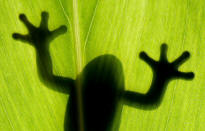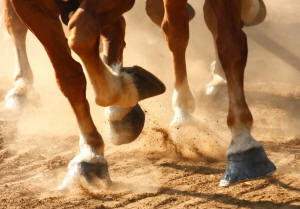Glossary

Digit
Distal parts of a limb, such as fingers or toes.
These are named and identified by Roman numerals.
In a pentadactyl (five-fingered or five-toed) arrangement, the most medial digit, if present, is I (e.g. the human thumb) and the most lateral is V (e.g. the human little finger).
These are named and identified by Roman numerals.
In a pentadactyl (five-fingered or five-toed) arrangement, the most medial digit, if present, is I (e.g. the human thumb) and the most lateral is V (e.g. the human little finger).
Limb
An appendage to the main body of an organism.
For example, an arm, leg, flipper or wing.
The limbs of quadrupeds, such as dogs and cats, are legs.
For example, an arm, leg, flipper or wing.
The limbs of quadrupeds, such as dogs and cats, are legs.
Pentadactyl
Having five digits (fingers, toes) on a limb.
Pentadactyly is the condition of having five digits on each limb.
It is, to an extent, still taken to be the archetypal dactyly for tetrapods, from which subsequent modifications have been made.
Pentadactyly is the condition of having five digits on each limb.
It is, to an extent, still taken to be the archetypal dactyly for tetrapods, from which subsequent modifications have been made.
Tetradactyl
Having four digits (fingers, toes) on a limb.
Many amphibians and birds are tetradactyl.

Many amphibians and birds are tetradactyl.

Tridactyl
Having three digits (fingers, toes) on a limb.
e.g. rhinoceros, hipparion (ancestor of the modern horse), and emu.

e.g. rhinoceros, hipparion (ancestor of the modern horse), and emu.

Didactyl
Having two digits (fingers, toes) on a limb.
e.g. two-toed sloth, cattle, sheep and deer.

e.g. two-toed sloth, cattle, sheep and deer.

Monodactyl
Having one digit (finger or toe) on a limb.
e.g. horse

e.g. horse

Title8
text
Title9
text
hover over shaded words to reveal more
Monodactyly
The condition of having one digit on each limb.
e.g. horse
Cf.
Pentadactyly
Tetradactyly
Tridactyly
Didactyly






